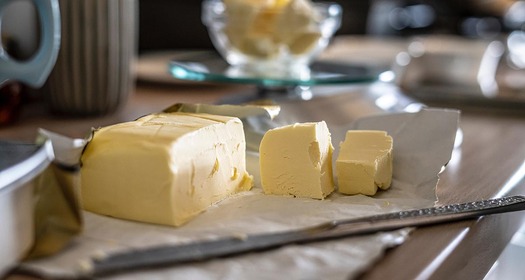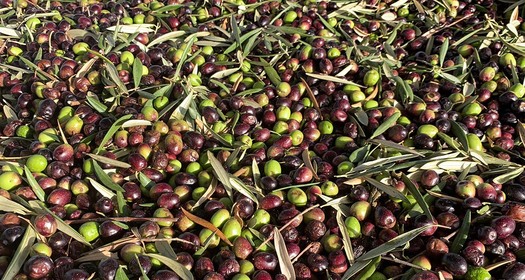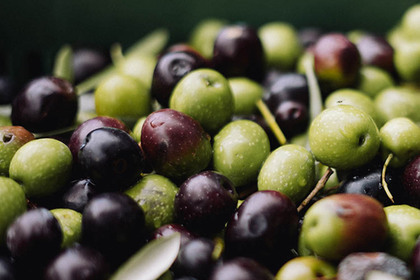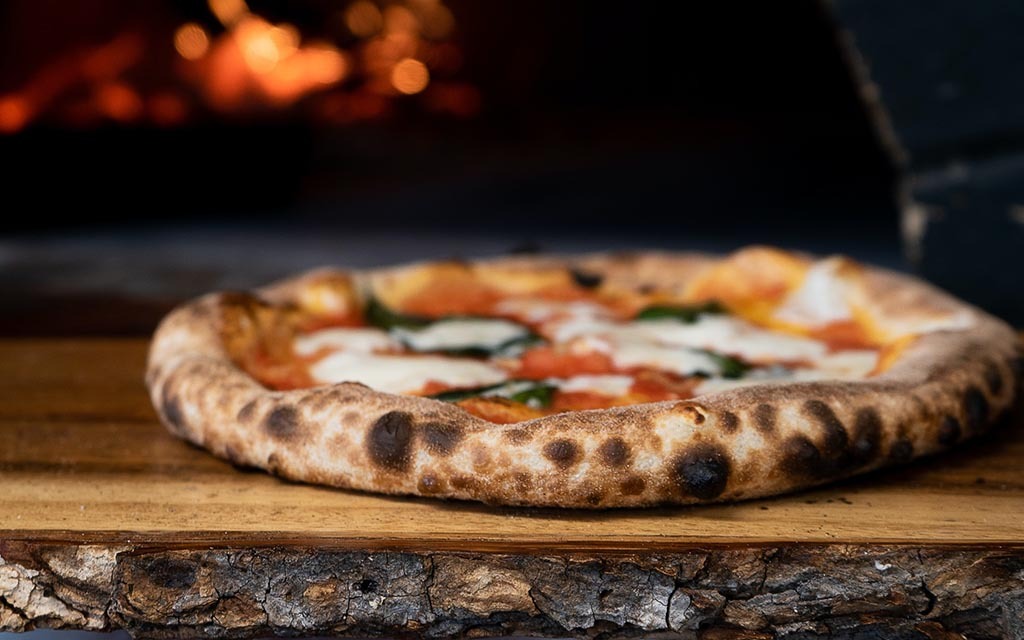
Neapolitan cuisine is a reflection of the various civilizations that have landed on the coasts of southern Italy over the years, including the Spaniards, Moors, and French. The cuisine of this region became quite refined towards the end of the eighteenth century when Naples rivaled Paris as the most sophisticated city in Europe.
In 1830, it was first described by Don Ippolito Cavalcanti, Duke of Buonvicino, in his culinary classic "Traditional Neapolitan Cuisine". Cavalcanti's book brings together elaborate dishes known by the humblest Neapolitans but refined by the touch of a great cook.
Despite its long and rich history, Neapolitan cuisine is still evolving. New ingredients and cooking techniques are constantly being introduced, giving this cuisine a fresh and exciting feeling. Whether you're a fan of traditional dishes or looking for something new to try, Neapolitan cuisine is sure to please.
What is Neapolitan Style Cooking?
Traditional Neapolitan cuisine is a style of cooking that originated in the southern Italian region of Campania. The cuisine is known for its use of fresh, local ingredients, as well as its simple preparations. Neapolitan cuisine has been influential in the development of other regional Italian cuisines, such as Sicilian and Venetian.
Some of the most popular dishes and recipes in Neapolitan cuisine include spaghetti alla carbonara, pizza margherita, and lasagna. Spaghetti alla carbonara is a dish made with spaghetti, eggs, bacon, and Parmesan cheese. Pizza margherita is a pizza topped with tomatoes, mozzarella cheese, and basil leaves. Lasagna is a dish made with layers of pasta, meat, and cheese.
Neapolitan cuisine is typically served with a glass of red wine.
The Traditions
The true Neapolitan is a humble person. Eating is a way to forget their problems and enjoy the sun, natural beauty, and delicious cuisine that they are proud of. In working-class neighborhoods, the streets look like one large open-air restaurant. If not a restaurant, the streets are still lined with food shops, whose products often take up half the space.
Large wheels of white cheese, beef quarters hanging in the sun with buzzing flies around them, ice cream and lemon sorbet kiosks adorned with effigies of Madonnas and flowers, and coconut vendors can all be seen.
In Naples and in the cities of Campania, life revolves around the street. This tradition has roots in the past, when until 1800 all types of food were enjoyed outdoors. This included macaroni, pizzas, boiled octopus, which were served in cups with their steaming broth.
There were many stalls back then that sold macaroni, and people still remember their vendor. These vendors were usually cheerful young men who would skillfully fill plates with pasta that dripped from a heavy cauldron. For only a few cents, one could enjoy macaroni topped with delicious tomato sauce.
Even though times have changed and many people now enjoy their meals indoors, the tradition of street food still lives on in Naples and Campania. There are now an even wider variety of foods available to be enjoyed outdoors, and people of all ages can still appreciate the lively atmosphere that surrounds street food culture.
Neapolitan Pizza
Pizza is one of the most iconic and beloved dishes in Italian cuisine. This delicious dish is often enjoyed with family and friends, and is always a hit thanks to its tantalizing combination of flavors and textures. The classic pizza features a red tomato base, fresh green basil leaves, and creamy white mozzarella cheese - all of which come together to create a truly stunning dish.
Even royalty has been known to enjoy pizza - Queen Maria Carolina of Naples was said to have ordered a wood-burning oven to be built at the Reggia di Capodimonte so that she could enjoy this tasty treat on hot summer days. If you're looking for a classic Italian dish that is sure to please, look no further than pizza!
Neapolitan Seafood
The Neapolitans are known for their seafood dishes, such as "clam soup" or "spaghetti with clams in white sauce". They also have a dish called "mussels in cradle", which is simply tomatoes cut in half and filled with mussels. Before cooking, a mixture of capers, chopped parsley, oregano and breadcrumbs is spread over the dish to give it a golden color.
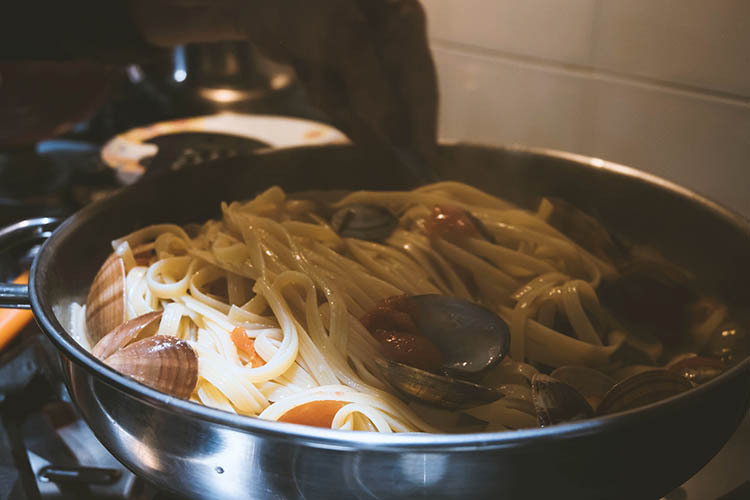 Napoli Pasta with Mussels
Napoli Pasta with Mussels
Neapolitan Pasta
The basis of every dish from 650 years to today has always been pasta. Another typical Neapolitan homemade dish is the "maritata soup", a soup with 2 main ingredients: pork products and boiled vegetables. The wealth of the soup depends on the economic possibilities of the family.
There is also a solid tradition of a more refined cuisine destined for the nobility, once present in the Kingdom of Naples. The head of the kitchen of the noble palaces was the "monzù", derived from the French "monsieur", a combination of chef - artist, revered and respected by all.
He was responsible for the preparation of rich and elaborate dishes, such as the grandiose timbales of pasta or rice, the "maritata soup", vegetable pizzas and desserts with unusual mixes of ingredients. This cooking required hours and hours of preparation, for example, to simply prepare a ragù or a sauce to use to season pasta, it often took 7-8 hours.
Final Thoughts
Neapolitan cuisine is the traditional food of Naples, Italy. It is characterized by its simplicity and its use of fresh, local ingredients. Neapolitan cuisine has been influenced by the culinary traditions of southern Italy, as well as by the Greeks, Arabs, and French.
If you're looking to try some traditional Neapolitan cuisine, there are many restaurants in the United States that specialize in this type of cooking. Some of these restaurants include Sorrento's in New York City, Campania in Boston, and Da Michele in Los Angeles.
You can also search our restaurant listings to find restaurants near you that specialize in Neapolitan cuisine.
